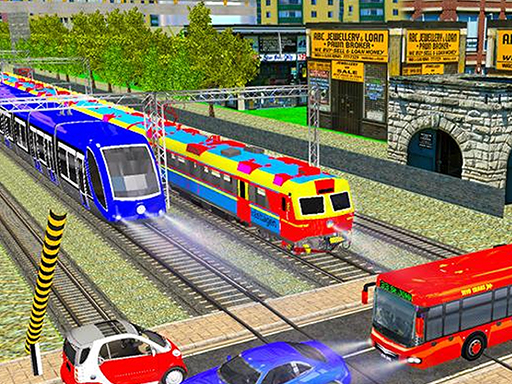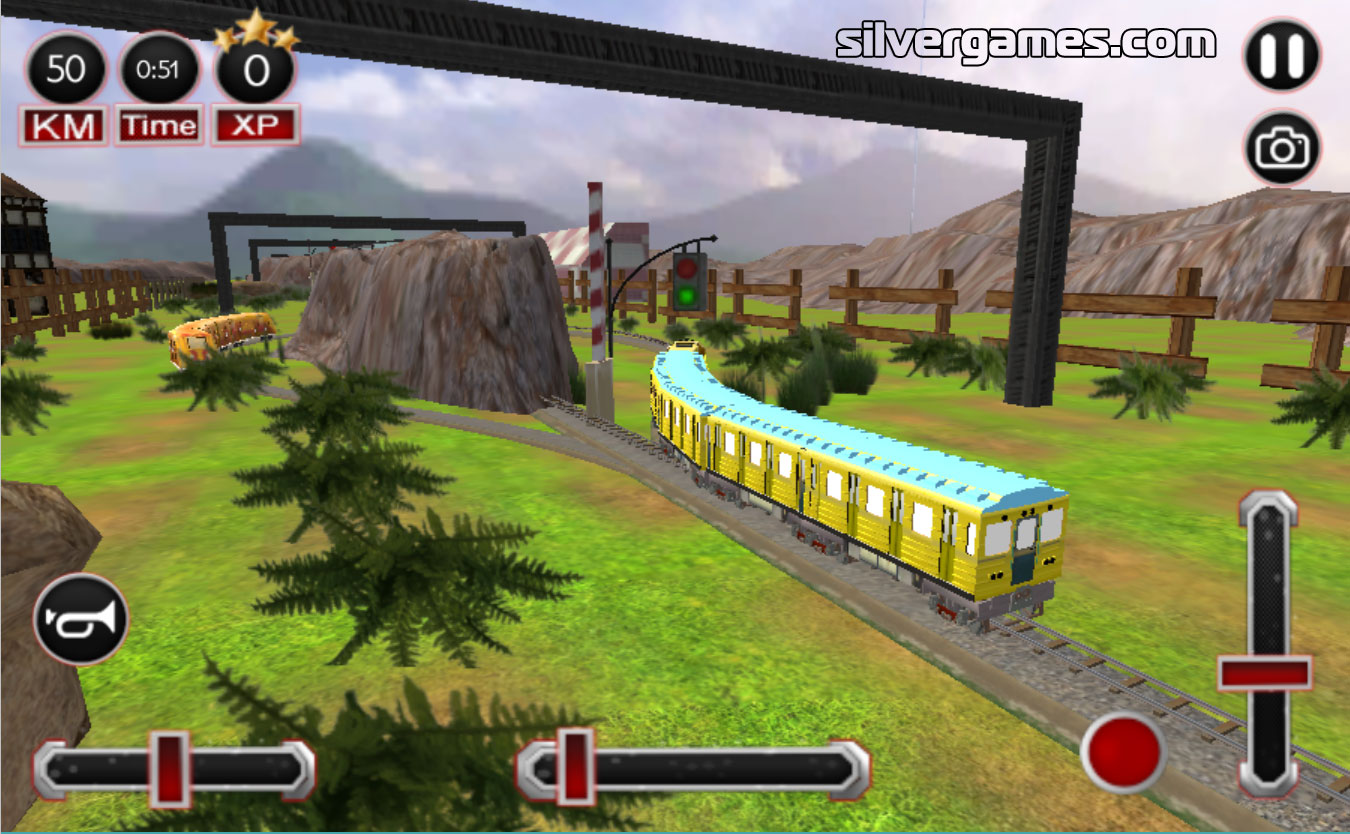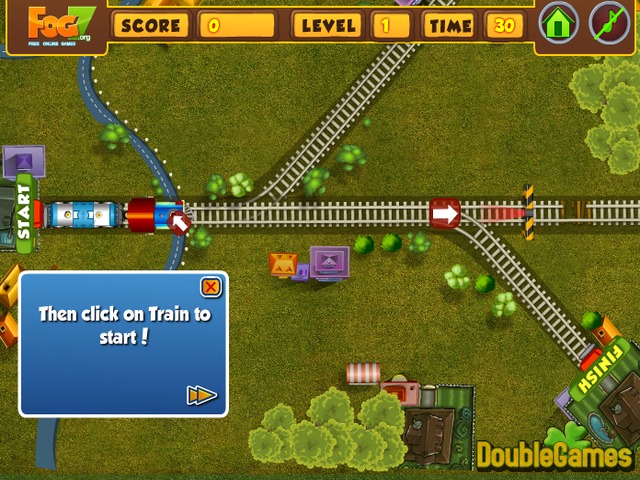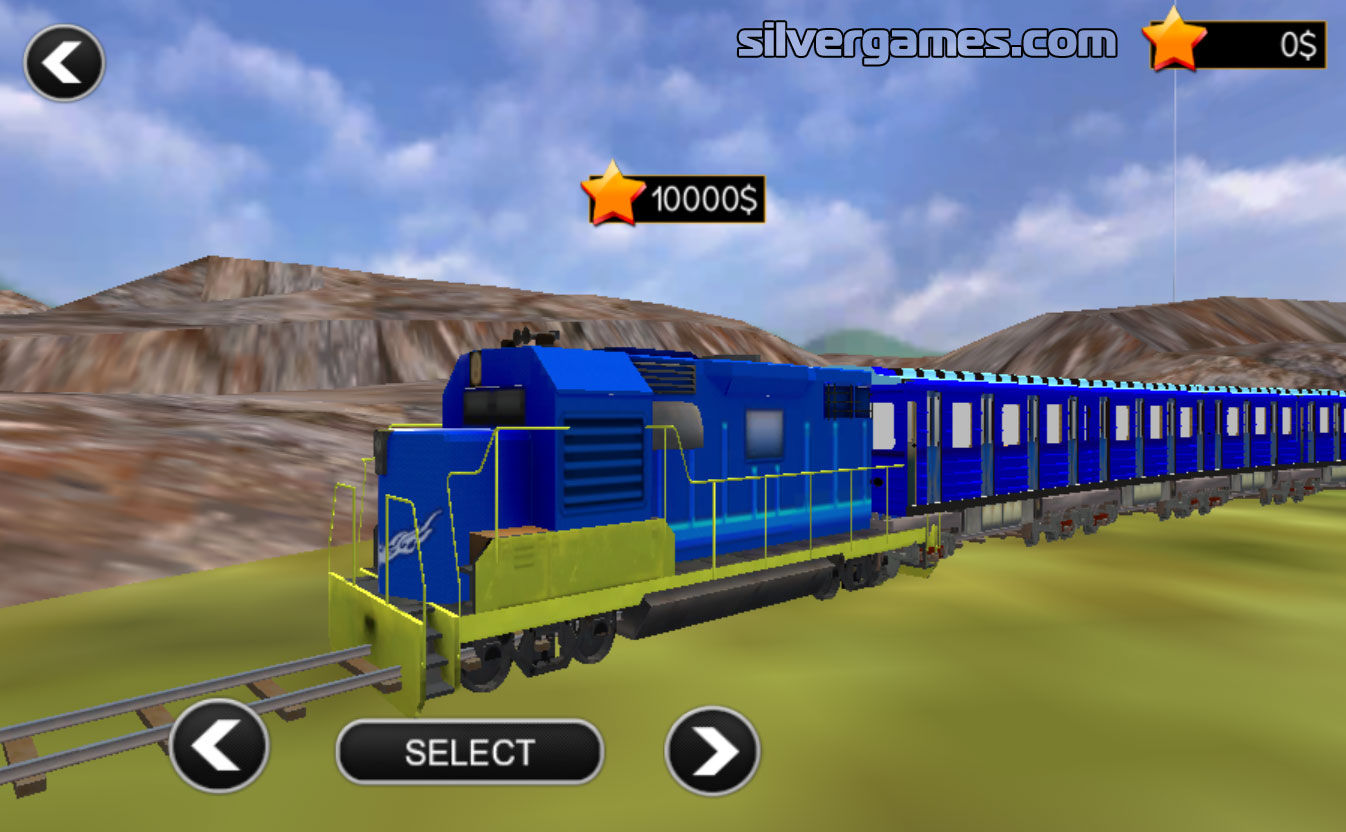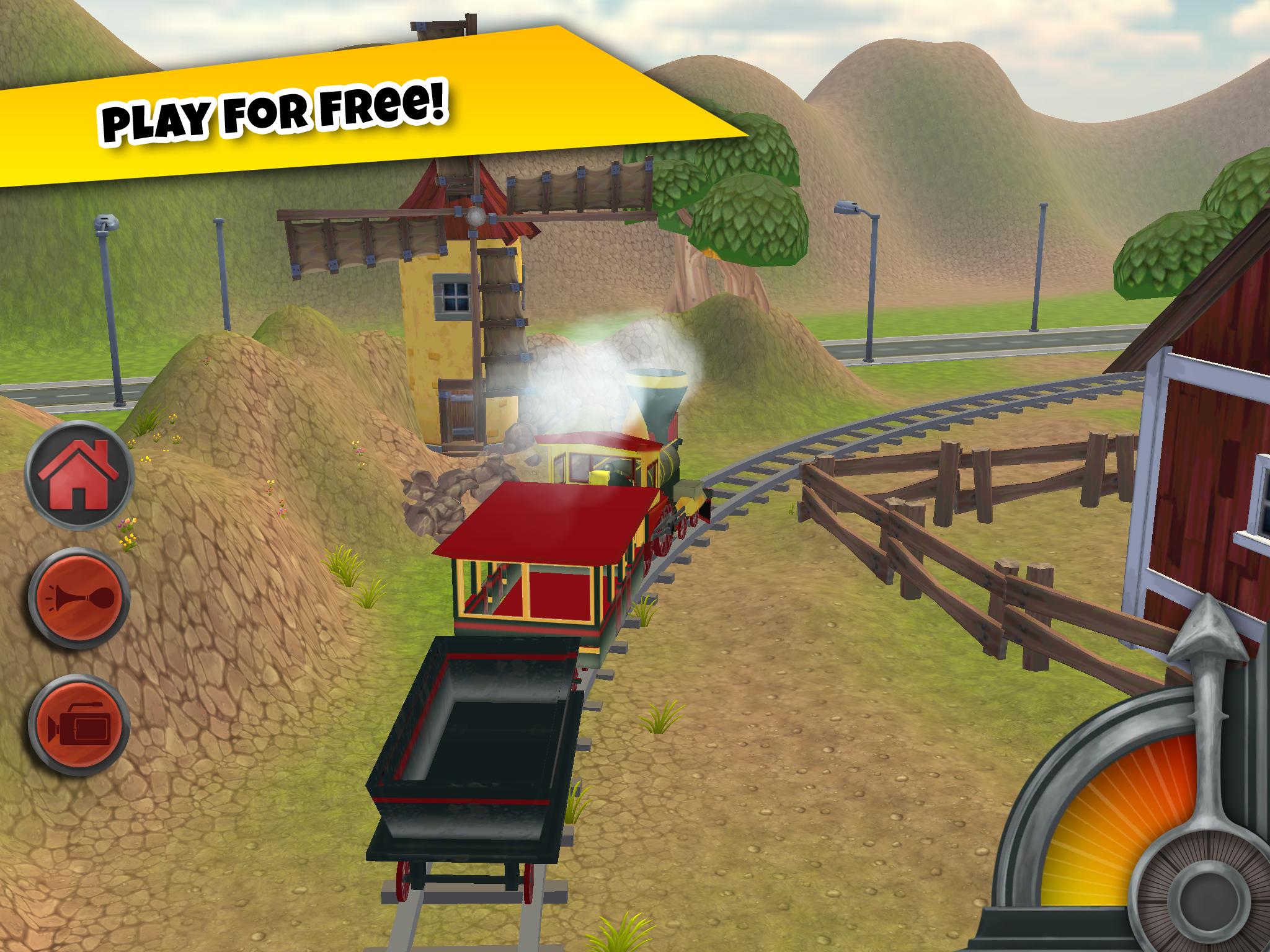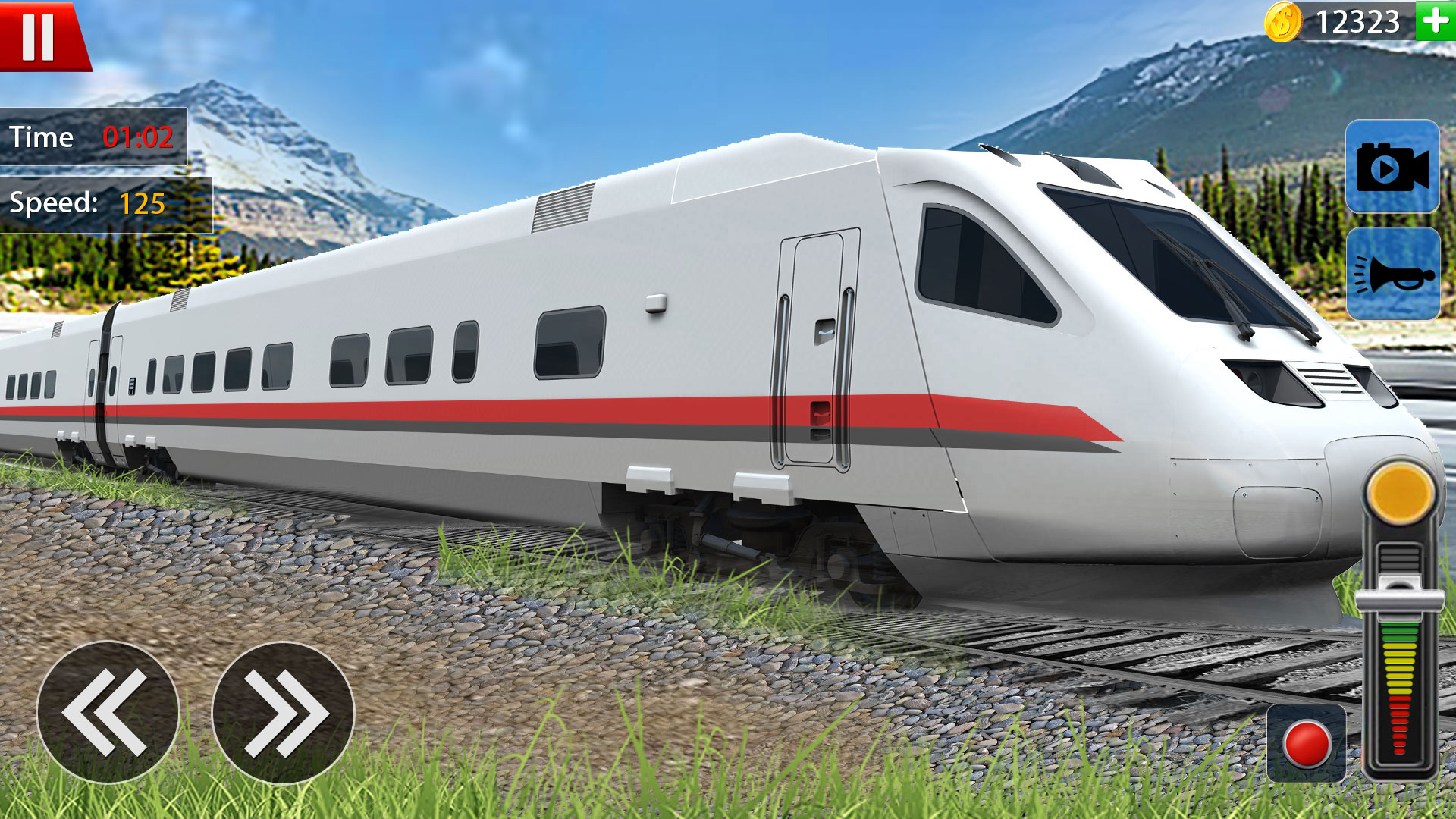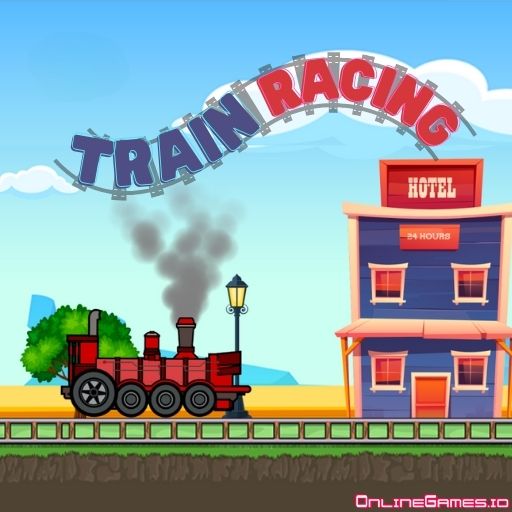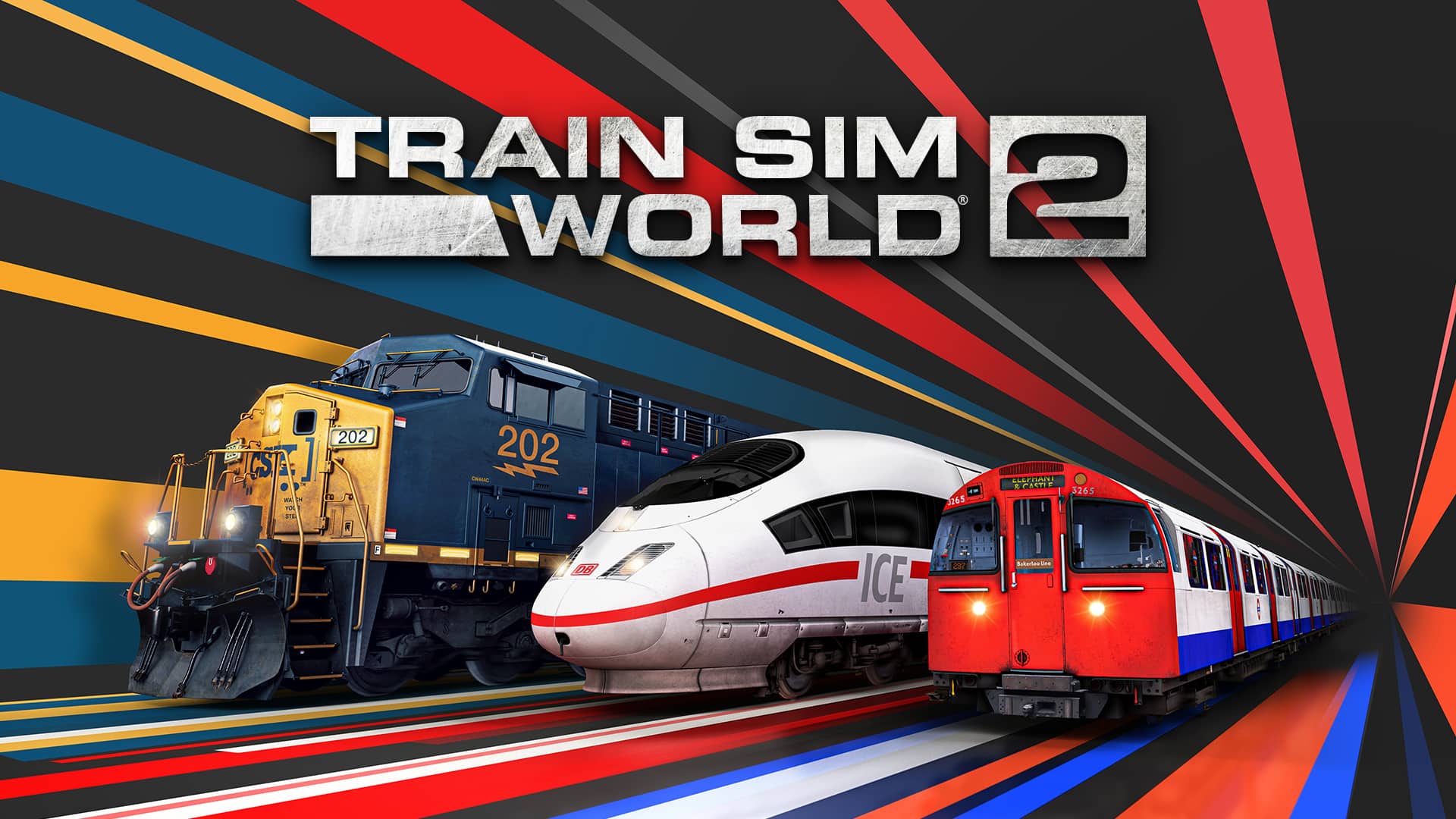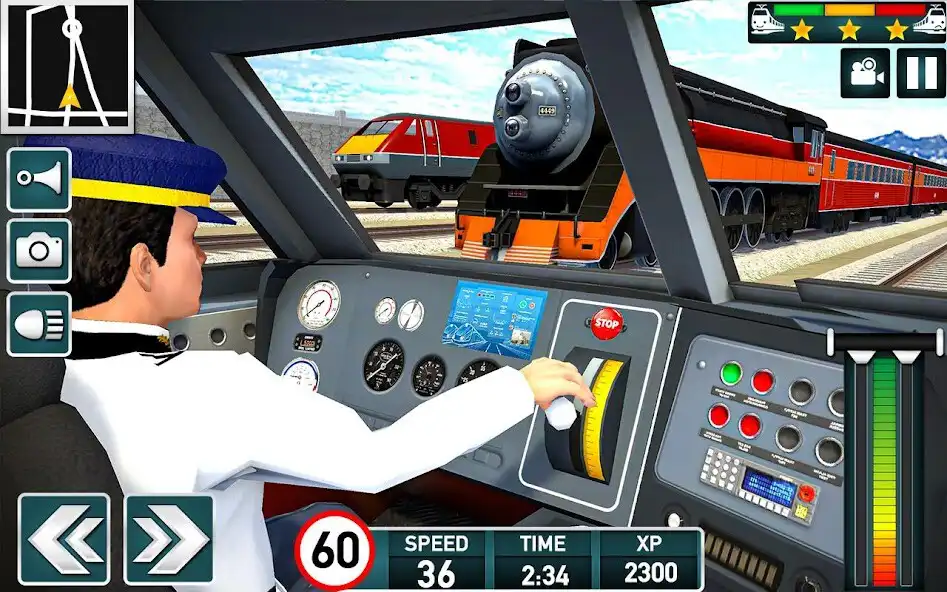Train Games Online Free Play Now 2014

The allure of the rails, the rhythmic clatter of wheels on steel, and the intricate dance of logistics have captivated generations. Now, in 2014, a new wave of train enthusiasts is emerging, drawn not to physical locomotives but to the digital realm where they can command entire railway empires from the comfort of their homes. The surge in popularity of free-to-play online train games is reshaping the landscape of simulation gaming, offering accessible and engaging experiences for players of all ages.
This article delves into the burgeoning world of free online train games in 2014. We explore the key drivers behind their widespread appeal, the diverse range of gameplay experiences they offer, and the potential long-term impact on the gaming industry. We'll examine the perspectives of developers, players, and industry analysts to provide a comprehensive overview of this evolving trend. Further, the article will explore the features and challenges associated with these games, providing a balanced view of their current state and future prospects.
The Rise of the Digital Railroad
The 2014 gaming landscape witnessed a significant shift towards free-to-play models, and train games were no exception. Several factors contributed to this trend, including increased internet access, the proliferation of browser-based gaming platforms, and the growing popularity of mobile devices. These games provided an avenue for instant access to engaging simulation experiences, without the initial financial commitment of traditional PC or console titles.
"The barrier to entry is simply lower," explains Mark Olsen, a game developer specializing in simulation titles. "Players can try out a game and see if they enjoy it before investing any money. This has opened up train games to a much wider audience." This shift also led to increased competition among developers, pushing them to innovate and offer more compelling gameplay experiences.
Variety on the Tracks
The world of free online train games in 2014 offered a diverse spectrum of gameplay experiences. From realistic train simulators that meticulously recreate historical routes and locomotives to more casual management games where players build and expand railway networks, there was something for every taste. The common thread, however, was the element of control and strategy.
Games like Rail Nation and TrainStation, for instance, focused on building railway empires and competing with other players in a persistent online world. These games combined elements of resource management, strategic planning, and social interaction. Other titles, such as Trainz Simulator, offered a more immersive simulation experience, allowing players to drive trains on detailed routes and customize their own railway layouts.
Challenges and Opportunities
The free-to-play model, while offering accessibility, also presented certain challenges. The reliance on microtransactions and in-game purchases raised concerns about pay-to-win mechanics and the potential for unbalanced gameplay. Developers needed to carefully balance the desire for revenue with the need to provide a fair and enjoyable experience for all players.
Furthermore, the technical limitations of browser-based games often constrained the level of graphical fidelity and complexity that could be achieved. This prompted some developers to explore alternative platforms, such as mobile devices and downloadable clients, to overcome these limitations. The debate about the quality versus accessibility was a frequent discussion topic among gamers. It was a constant "tug-of-war" between delivering high-quality visuals and ensuring the game could run smoothly on a wide range of devices.
The Future of the Rails
Looking ahead, the future of free online train games in 2014 appeared bright, with potential for continued growth and innovation. The increasing adoption of HTML5 technology allowed for more sophisticated graphics and gameplay experiences in browser-based games. Furthermore, the rise of virtual reality and augmented reality technologies offered exciting possibilities for creating even more immersive and realistic train simulations.
The key to success, however, would lie in striking the right balance between accessibility, engagement, and fairness. Developers who can create compelling gameplay loops, offer meaningful progression, and avoid predatory monetization practices are likely to thrive in this competitive market. The convergence of technological advancements and player expectations will shape the future of online train gaming for years to come.
The "iron horse", in its digital form, is only just beginning its journey.




